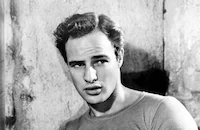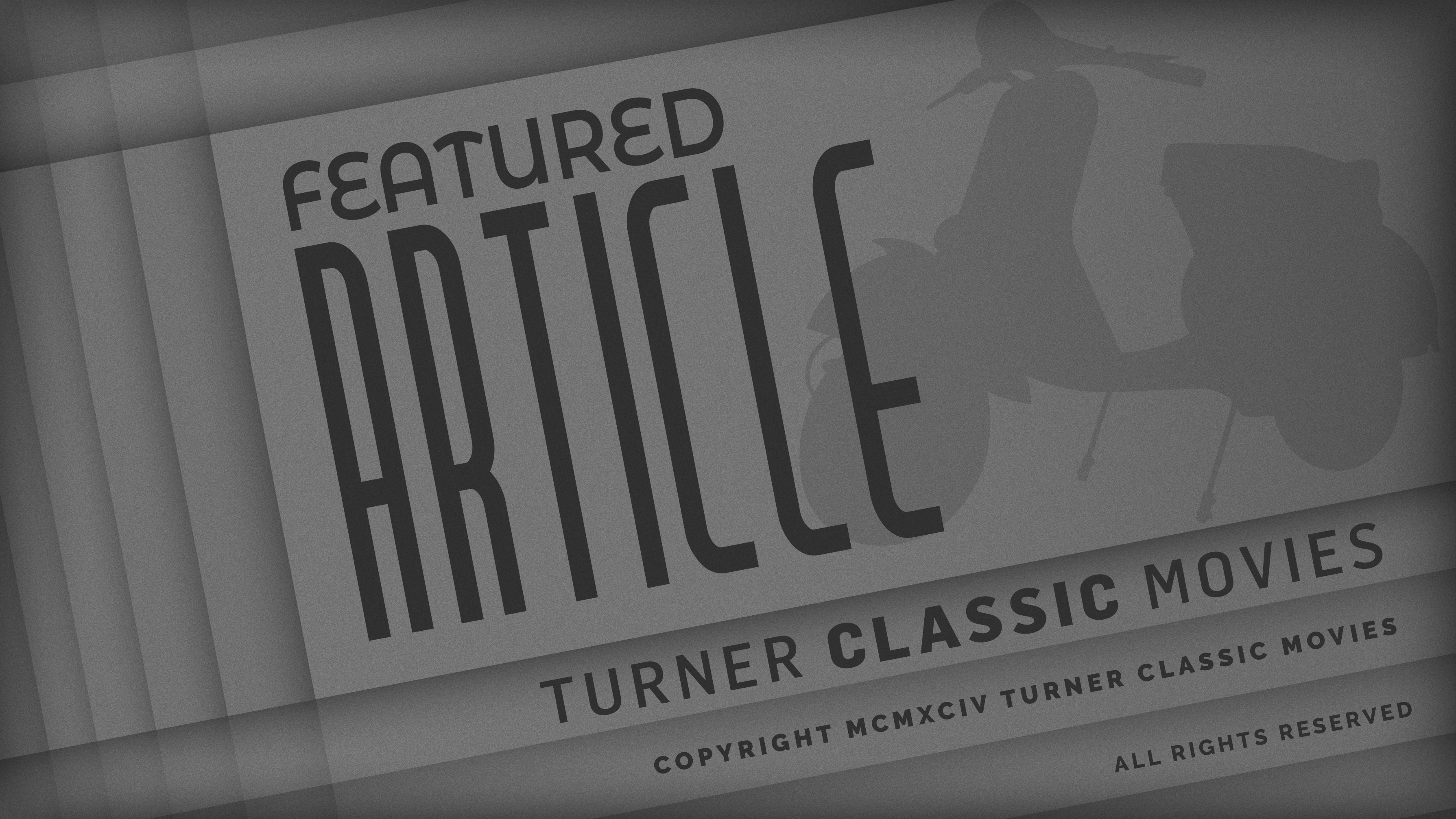The Missouri Breaks

Brief Synopsis
Cast & Crew
Arthur Penn
Marlon Brando
Jack Nicholson
Kathleen Lloyd
Randy Quaid
Frederic Forrest
Film Details
Technical Specs
Synopsis
In the Old West, a gang of Montana horse thieves buys a small farm next to the ranch of a man named Braxton who is an enemy of the gang, as well as their latest target. The leader of the gang, Tom Logan, stays behind when the gang goes to Canada to rustle some horses, and begins to like farming, and Braxton's rebellious daughter Jane. But Braxton hires a psychopath to help him stop the rustlers, who uses unusual methods and disguises to hunt down the members of Tom's gang. Tom, however, has no intention of allowing him or Braxton get him.
Cast

Marlon Brando

Jack Nicholson
Kathleen Lloyd
Randy Quaid
Frederic Forrest

Harry Dean Stanton
John Mcliam
John Ryan
Sam Gilman
Steve Franken
Richard Bradford
James Green

Luana Anders
Danny Goldman
Hunter Von Leer
Crew
Dede Allen
Stephen Berger
Albert Brenner
Michael Butler
Jerry Greenberg
Malcolm R Harding
Elliott Kastner
Dennis Maitland
Marvin March
Thomas Mcguane
Rexford Metz
Lester Persky
Stephen Rotter
Maurice Schell
Robert M. Sherman
Jack Solomon
Richard Vorisek
John Williams
Film Details
Technical Specs
Articles
The Missouri Breaks
The story is an old one about two natural enemies - ranchers and outlaws - but novelist/screenwriter Thomas McGuane gives it an unexpected modernist spin. The cattle rancher this time is David Braxton (John McLiam), a settler turned range boss and his nemesis is Tom Logan, a cattle rustler (Jack Nicholson) who preys on his stock with the help of a gang. When the rancher has Logan's best friend hanged, Logan acquires a neighboring farm to the rancher's property which he uses as a cattle smuggling base. Complications arise when he falls in love with the rancher's daughter and decides to permanently settle down. Meanwhile, the rustlers have become so brazen that Braxton finally brings in a hired gun (Marlon Brando) who turns out to be one of the weirdest characters who ever prowled the Wild West. This "regulator," known as Robert E. Lee Clayton (Marlon Brando), has an Irish brogue, takes baths at the oddest times, recites love poems to his horse, occasionally dresses in drag (his appearance in a dress and bonnet is never explained), and has a knack for ingenious murders (he commits one with a harpoon in the shape of a crucifix).
The Missouri Breaks had a lot going for it: superstars Brando and Nicholson at the height of their fame, director Arthur Penn (Bonnie and Clyde, 1967) and hip writer Thomas McGuane. In fact, it's McGuane who got the whole ball rolling. Though he's sometimes better known for his marriages (one to Margot Kidder and another one to Jimmy Buffett's sister), McGuane's novels are wry explorations of machismo and individualism like Rancho Deluxe and Ninety-Two in the Shade (which was nominated for a National Book Award; McGuane directed the film version himself). McGuane originally wrote the script for The Missouri Breaks as a project for himself to direct and planned to feature Warren Oates and Harry Dean Stanton in the starring roles. But when producer Elliott Kastner got involved the situation changed. Kastner came up with the idea of casting Brando and Nicholson (real-life neighbors who'd never worked together) but immediately found that the actors weren't interested. But he continued to sweet talk them and eventually closed the deal when he hired Arthur Penn, a director both actors mutually respected.
Once Brando and Nicholson finally agreed to commit (at about $1 million each) things really got interesting. Contract negotiations were so convoluted that even on the first scheduled day for shooting they weren't finished and Brando wouldn't work. (Cast and crew played football instead.) The preparation time had been so short that a set from a previous Penn film, Little Big Man (1970), was converted for use at the Montana location. Brando's scenes had to be shot first and then his talent (or weakness) for tinkering started to cause problems. He changed lines constantly and kept adding bits of business for his character, much of which didn't match material shot later for the film.
After Brando's contractually limited shooting period was finished, a patchwork of scenes remained to be completed. Several actors like Randy Quaid, Harry Dean Stanton, John P. Ryan and Frederic Forrest were cast in supporting roles and made the most of their scenes with Nicholson (some of them were close personal friends). One newcomer was Kathleen Lloyd in her first feature film (she would later have a recurring role on Magnum P.I. and spots on dozens of other TV shows). There were still problems with the story that resulted from changing an ensemble script to a star vehicle and from Brando's enhancements but Penn and Nicholson worked to resolve them. They were stuck, however, for a good ending until help arrived in the form of Robert Towne (the Oscar winning screenwriter of Chinatown (1974) and a famous script doctor). He came up with the final showdown (what else?) and finally The Missouri Breaks entered the editing stage. The wrap party was financed by Brando, who had continued to hang around the location even though he didn't participate in any more filming after his bit was done. (Some viewers might want to know that the film was listed as Unacceptable by the American Humane Assocation, apparently for the inhuman treatment of horses during production. Specific details aren't available currently since the AHA says their representative was not allowed on the set and they are still searching for their original report.)
While most critics were particularly unkind to the film when it opened, British writer Tom Milne was one of the few to assess the film's true quality: "It's one of the few truly major Westerns of the '70s, with a very clear vision of the historical role played by fear and violence in the taming of the wilderness."
Producer: Elliott Kastner, Marion Rosenberg (associate producer), Robert M. Sherman
Director: Arthur Penn
Screenplay: Thomas McGuane, Robert Towne (uncredited)
Production Design: Albert Brenner
Cinematography: Michael Butler
Costume Design: Patricia Norris
Film Editing: Dede Allen, Jerry Greenberg, Stephen A. Rotter
Original Music: John Williams
Cast: Marlon Brando (Robert E. Lee Clayton), Jack Nicholson (Tom Logan), Randy Quaid (Tittle Tod), Kathleen Lloyd (Jane Braxton), Frederic Forrest (Cary), Harry Dean Stanton (Calvin), John McLiam (David Braxton), John P. Ryan (Si), Sam Gilman (Hank Rate), Luana Anders (Rancher's wife).
C-126m. Letterboxed. Closed captioning.
by Lang Thompson

The Missouri Breaks
Quotes
I'd like almost anythin' better 'n' bein' burnt up.- Lee Clayton
Trivia
This film is on the American Humane Association's list of "unacceptable" films. Animal action was not monitored by the AHA. One horse drowned, another was crippled by tripwires, and several others were injured in a stampede sequence.
Miscellaneous Notes
Released in United States 1976
Released in United States 1996
Released in United States February 2007
Released in United States 1976
Released in United States February 2007 (Shown at Berlin International Film Festival (Homage) February 8-18, 2007.)
Shown at Berlin International Film Festival (Homage) February 8-18, 2007.
Released in United States 1996 (Shown in New York City (American Museum of the Moving Image) as part of program "The Essential Brando" March 16 - April 7, 1996.)















